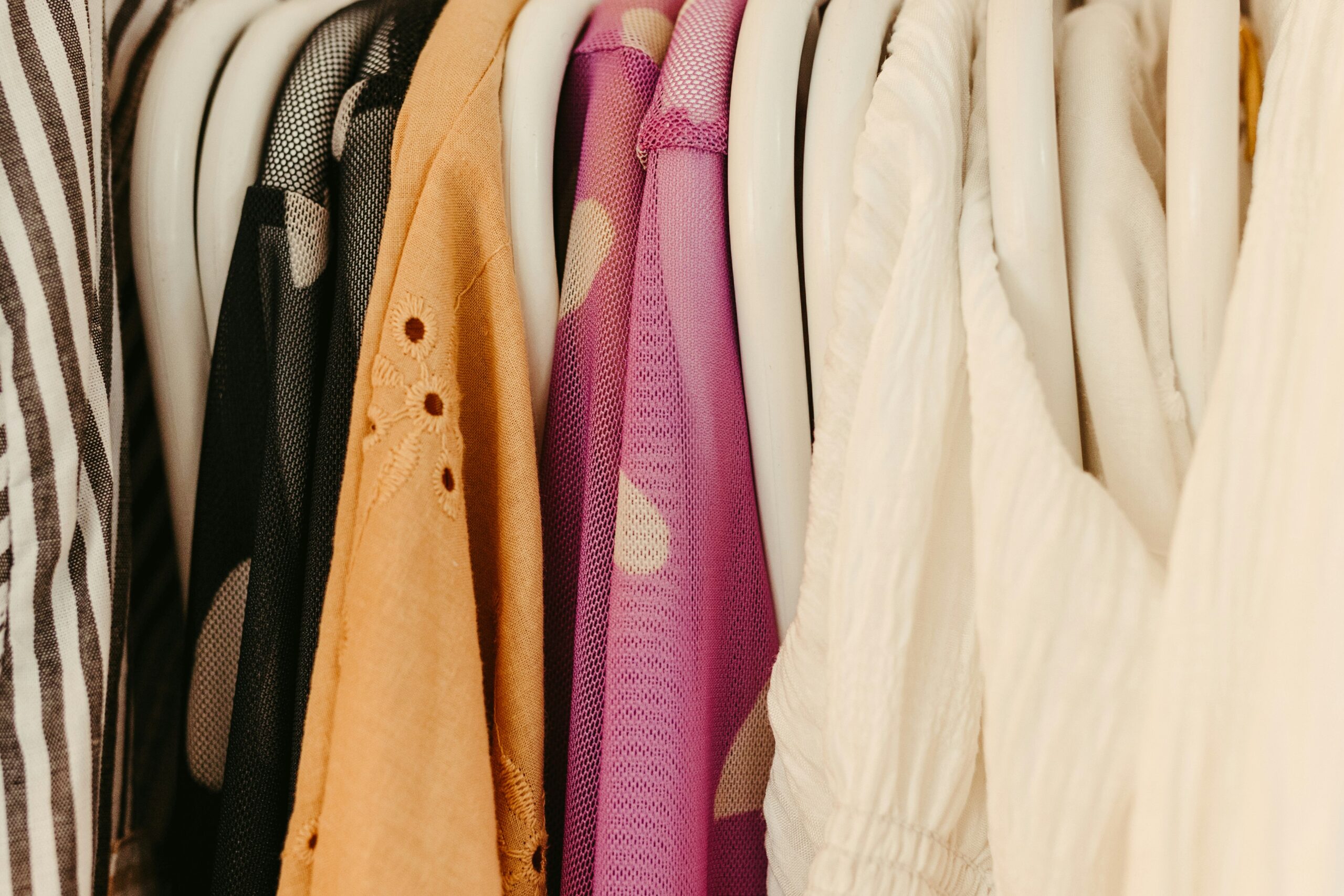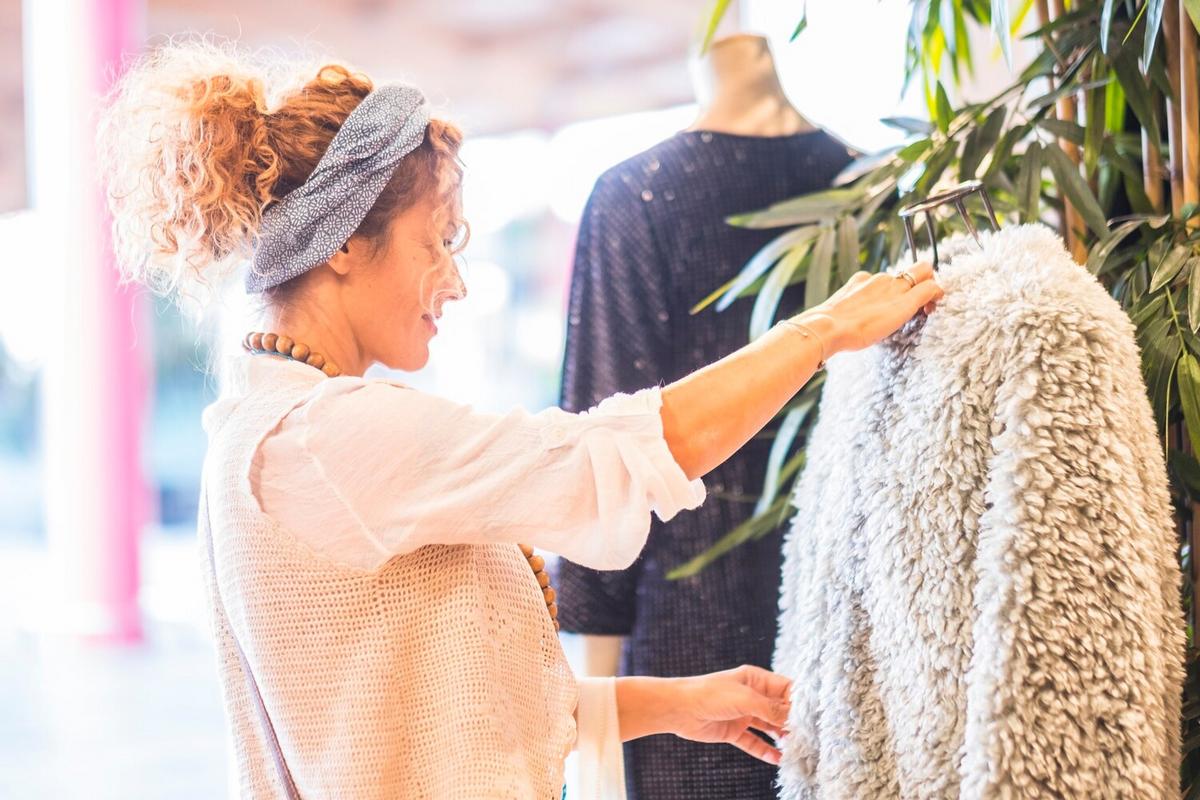Sustainable fashion is more than just a trend; it’s a meaningful shift towards preserving our planet while expressing personal style.
Building an Eco-Friendly Wardrobe
Creating a wardrobe that’s both chic and environmentally conscious is easier than you might think. Here are ten practical tips to guide you on this journey.
1. Choose Quality Over Quantity
Investing in high-quality clothing that lasts longer can significantly reduce waste. According to the Environmental Protection Agency, the average American throws away approximately 70 pounds of clothing and other textiles annually. By choosing quality, you contribute less to this staggering statistic.
2. Embrace Secondhand Shopping
Thrifting is not only budget-friendly but also eco-friendly. Secondhand shopping helps reduce demand for new clothing production, which is resource-intensive. Personally, I found a vintage jacket at a local thrift store that quickly became a staple in my wardrobe.
3. Opt for Sustainable Fabrics
Look for eco-friendly fabrics like organic cotton, bamboo, or Tencel. These materials require less water and are often biodegradable, reducing their environmental footprint.
4. Support Ethical Brands
Research brands that prioritize fair labor practices and sustainable production methods. Many companies are now transparent about their supply chains, making it easier to support ethical practices.
5. Capsule Wardrobe Approach
Creating a capsule wardrobe means choosing versatile pieces that can be mixed and matched easily. This approach minimizes the number of clothes you need and encourages thoughtful purchasing.
6. DIY and Upcycle
Get creative with your existing clothing. Simple alterations or embellishments can give new life to old pieces. A friend of mine turned an old pair of jeans into trendy shorts, showcasing her unique style.
7. Care for Your Clothes Properly
Extend the life of your garments by following proper care instructions. Washing clothes in cold water and air drying can prevent fabric damage and save energy.
8. Reduce Fast Fashion Consumption
Fast fashion contributes heavily to environmental degradation. By resisting quick trends and focusing on timeless styles, you can help curb this impact.
9. Participate in Clothing Swaps
Clothing swaps are a fun way to refresh your wardrobe without buying new items. Gather friends for an exchange event and swap pieces you no longer wear.
10. Educate Yourself and Others
Stay informed about sustainable practices and share your knowledge. Engage in conversations about fashion’s impact on the environment to inspire change.
Pro Tip: When shopping, ask yourself if each piece will be worn at least 30 times. This helps ensure you’re making thoughtful purchases.
Conclusion
Building an eco-friendly wardrobe is a thoughtful process that benefits both your style and the planet. By implementing these tips, you can make a positive impact. For more insights on sustainable fashion, consider visiting websites like Fashion Revolution.
FAQs
How can I identify sustainable fabrics?
Look for certifications like GOTS for organic textiles or OEKO-TEX for fabric safety standards.
What is a capsule wardrobe?
A capsule wardrobe is a collection of essential clothing pieces that can be mixed and matched to create a variety of outfits.
Why is fast fashion harmful?
Fast fashion often involves unethical labor practices and contributes significantly to environmental pollution.




Leave a Reply